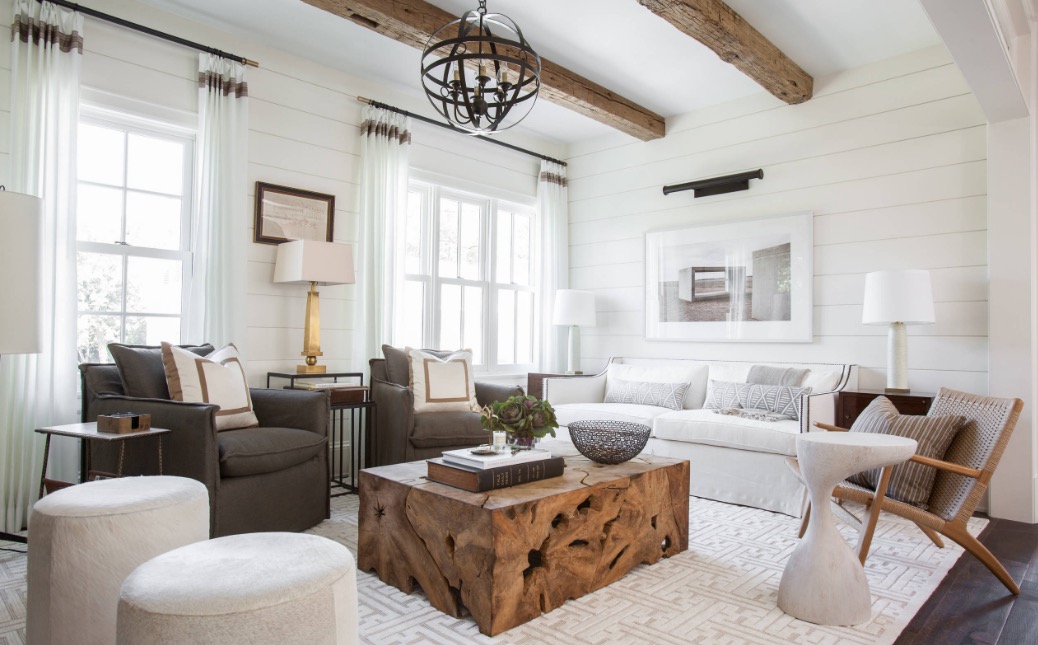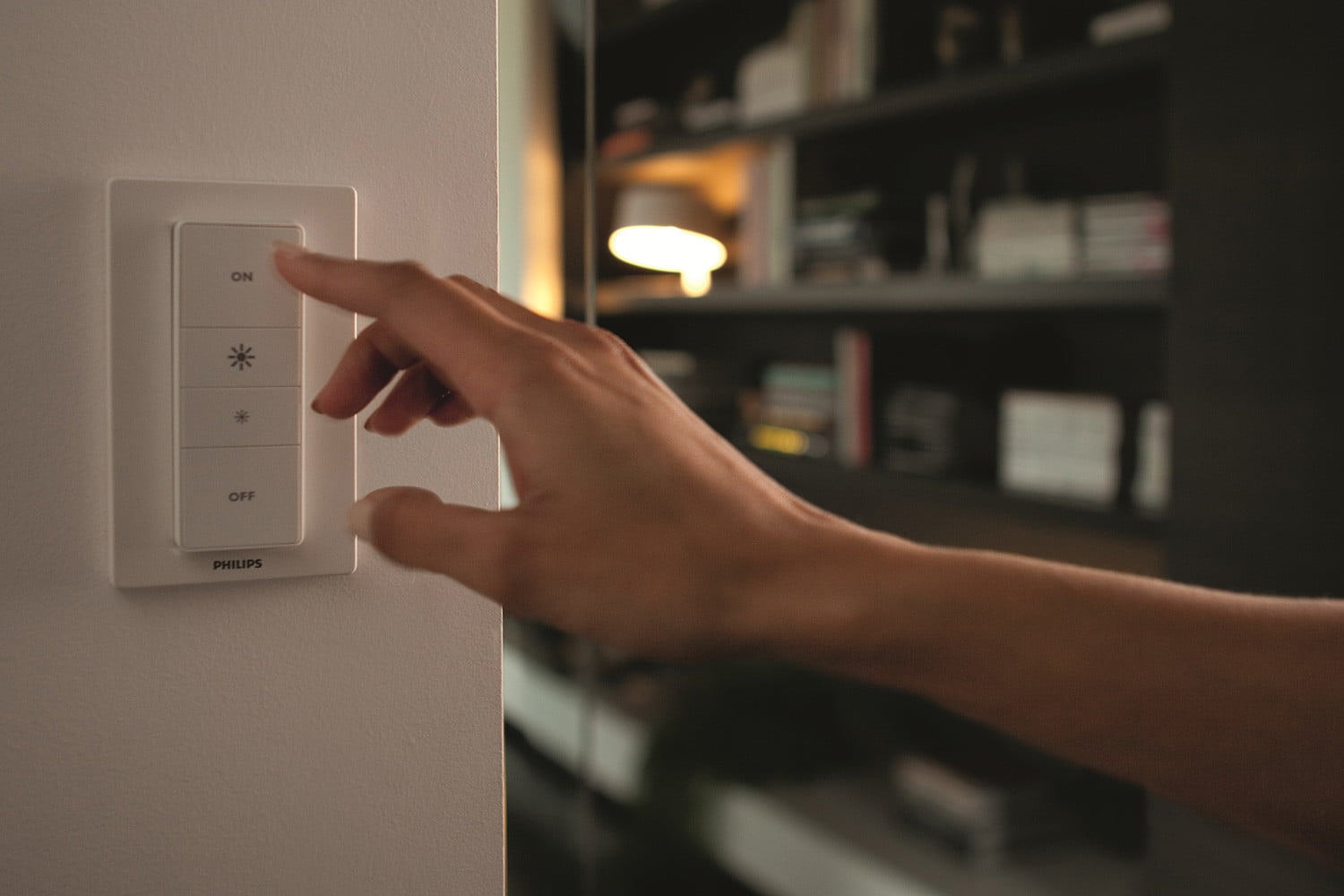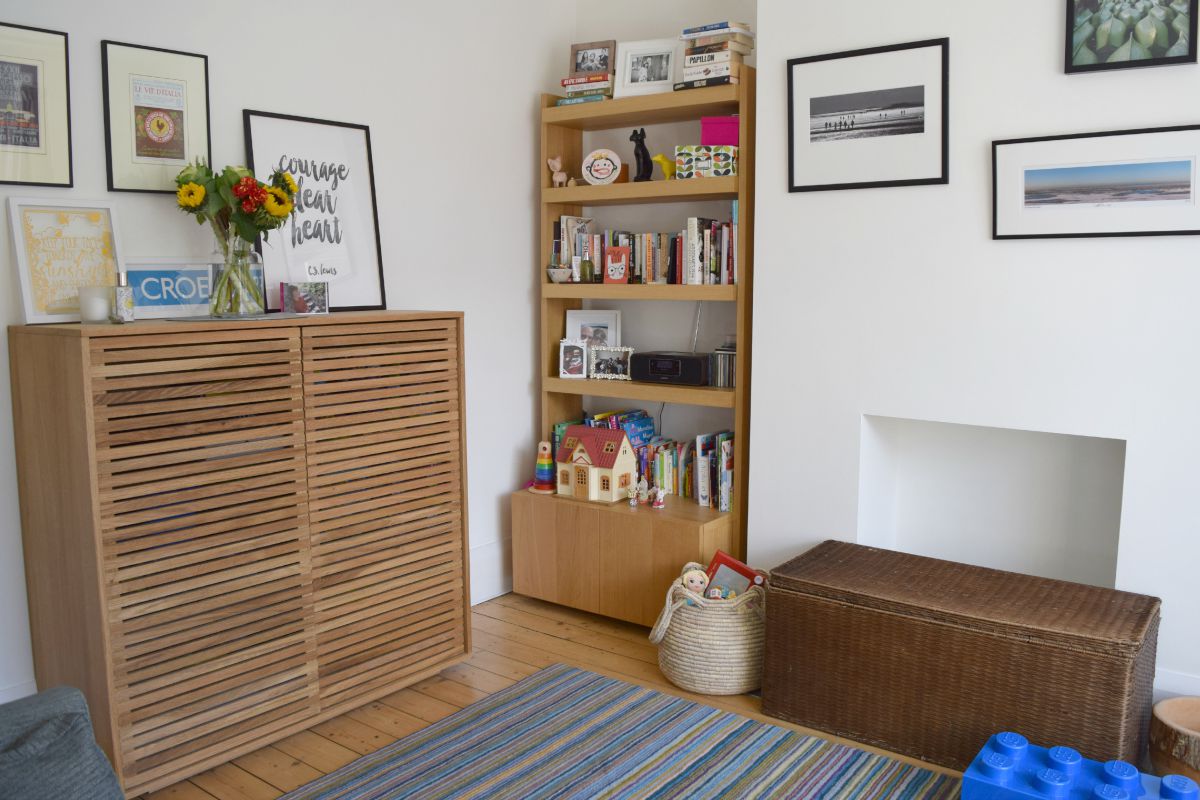They don’t say ‘old is gold’ for nothing!
When it comes to densely populated and expensive metros like Mumbai, buying a new house can be a major challenge! On the other hand, renovating an old house allows you to opt for a makeover, and keep some of the things the same.
Renovating an old house is very rewarding as one need not worry about shifting to an unfamiliar locality or neighborhood and one can have complete control over what one wants instead of choosing randomly among houses shown by builders. However, though rewarding it may seem, a significant renovation of an old construction requires ample patience and time, in addition to money. You even want to get in touch with a professional interior designer to guide you through the process. Or maybe, even do it yourself!
When To Renovate?
Market experts state the average lifespan of a modern residential building to be around 60-75 years, based on construction quality and climate. Experts feel that renovation of a house is required every 8-10 years, with a new paint coating to be done every 5-6 years and plastering cum waterproofing to be carried out every 10-12 years.
Old constructions thus may require significant renovations all of which are easier said than done. While specific issues in old homes may be small nuisances, other issues can be outright dangerous.
Here we pen down some common renovation issues that one must be prepared for while embarking on a renovation spree of old construction. Taking into account these factors and potential problems will help to make a realistic and reasonable timeline and budget for the old construction renovation project.
Things To Remember When You Decide To Renovate Your Old Home!
Here are some things you need to remember when you plan to go ahead with renovating your old home.
1. Inspect and carry out the groundwork:
A detailed analysis of the internal structure of the home should be done first rather than directly jumping to make cosmetic enhancements. It is advisable to retain the existing parallel and perpendicular dimensions of the structure as well as preserve the locations of water inlets and outlets of the kitchen, bathroom, sink, etc. Further load bearing walls must be retained.
2. Undertake a structural survey:
Have the building checked by a surveyor. The report by the surveyor will help in assessing and documenting the damages, which will help in arriving at the extent of repair work required.
3. Discard outdated plumbing works:
A significant issue in the renovation of old construction is the obsolete plumbing and electrical systems. Many older homes have galvanized pipes though coated to prevent rust and corrosion, may still be corroded on the inside due to decades of water exposure and hence are prone to corrosion. Further galvanized pipes pose the following issues:
Low water pressure and uneven distribution of water.
Discoloration of water, as seen by the brown stains in the sinks.
Rusted galvanized pipes can cause water leakage.
Further, there is a possibility in ancient constructions that galvanized pipes may be coated with lead or connected to lead plumbing, as discussed earlier, which is not healthy.
Some older homes have copper pipes that are seamed together by a method known as “sweating the pipes” with flux and a torch. Such plumbing pipes are difficult to be repaired or undone. Hence it is imperative to replace all such older pipes with PVC.
4. Replace traditional electrical fittings:
Old electrical fittings may prove unsafe, and hence it is better to hire the services of an electrician to upgrade the electrical system. For instance, modern appliances all draw more power especially when running parallel like instance the microwave and food processor, old systems may not be able to handle simultaneous power and hence can cause problems.
Further earlier homes did not have concepts like plugins in the bathrooms for hair dryers etc. With the rise of smart homes, it is prudent to upgrade to modern wiring systems to support new appliances, entertainment systems, etc. One has to make a proper choice right from changing the simple switchboard.
For instance, old homes use a conventional switchboard that may not suit the modern lifestyle. This can be replaced with various options available in the market at different price ranges like non-contact led switches or modular plate switches or a full control system for more automation. The choices are aplenty, and hence one has to carefully arrive at a decision based on the requirements of the household jobs, the number of smart appliances used and one’s budget.
Another critical aspect that one has to look into is to check if the old electrical outlets are two-pronged or three-pronged. If they are two-pronged, chances are more that they may not be grounded. Hence it is advisable to get it checked with the help of an electrician as to whether they are appropriately grounded even if they are three-pronged outlets.
Further older homes may only have a single-phase power supply, which may be inadequate in today’s lifestyle. Hence upgrading to a three-phase supply may be required. Additional issues like grounding other ungrounded outlets as mentioned above, installing a Ground-Fault interrupter GFI that cuts power in case an appliance comes into contact with water, etc., may require shelling out more money.
5. Check for foundation issues:
Specific issues like uneven flooring etc. can be felt while walking, but there may be more hidden aspects in the foundation that can be identified only by thorough inspection.
For instance, doors that do not bolt properly or cracked walls over doors or windows, etc. may be a sign of weak foundation that can be identified through proper exterior as well as interior analysis by a certified structural engineer.
Make sure to check for any bulges in the walls or chipping of foundation to establish the quality of concrete. Issues like hairline cracks in the foundation can be identified with the help of a structural engineer.
6. Make sure there’s no lead:
There may be potentially hazardous sources of lead found inside old homes like plumbing pipes, paints, etc. Hence one must ensure that lead is filtered from water systems and a fresh, non-toxic coat of paint is given to avoid the potential hazards of lead ingestion.
7. Drainage systems:
An old household has another issue to deal with namely traditional drainage systems. Most of the old drainage systems especially those pipes with cast iron may have become weak or developed cracks. This will result in toilet stoppages, sewer odor, etc. Hence it may be necessary to undertake a complete inspection of sewage pipes and re-lay them if required.
There are various novel options for relaying pipes without digging or breaking the flooring like Trenchless pipe lining Sewer repair wherein a new epoxy saturated felt liner is inserted into the old pipe, that gets inflated, cures in the place and lines the old pipe giving a brand new pipe. Hence a thorough inspection and re-laying of pipes by choosing possible options based on one's budget are imperative.
8. Check for damps and fungus:
Identify if any rot has developed in the building. This is basically a type of fungus that occurs in certain climatic conditions. This can be felt by the strong smell. Also, check for damps that may be hidden. Old windows and doors are a possible source of damp and fungus especially if they are cracked and have been leaking for a considerable amount of time.
This is because such cracked windows and doors are a major intrusion point for water seepage thereby resulting in the formation of rot mold and fungus. Replacing them would involve considerable job working on the exterior and interior facades.
9. Try to change the layout:
Old constructions predominantly have outdated antique layouts and hence may require sufficient layout changes that suit the modern lifestyle. For instance, the master bedroom may not have an attached bath or closet, or the kitchen dining and living room may be partitioned in olden days while one may prefer an open layout for the same in current days. Small kitchens, narrow hallways, etc. are characteristic features of older homes that may be unsuitable for the modern lifestyle.
Traditional households had several members as well as staffs who lived in the same household doing cooking and cleaning jobs. Hence most of the olden constructions had closed layouts with small rooms making full use of every space possible. Thus dealing with such outdated plans can be tricky especially in terms of finding a place if one wants to expand space and rearrange the entire layout.
When trying to upgrade the layout to a modern style (open space), it is wiser to consult a structural engineer or renovation consultants, as randomly pulling down walls can be dangerous especially if it is a load-bearing wall. Hence one must be prepared mentally as well as financially to deal with such structural issues.
10. Check if the flooring needs to be changed:
In most cases, the flooring of the house may require a complete makeover and one has to make a choice based on utility and budget carefully. Most of the tiles may be outdated, stained or may have developed cracks. Further old floors may not align with modern furniture and decor during a makeover. Hence one may have to shell out a considerable sum to upgrade the flooring tiles.
One of the least expensive would be vinyl flooring, but they are only a short-term gap solution as they can sustain just for a year. Wooden laminates can be re-laid on existing floors very quickly. Other options would be mosaic, ceramic tiles, marble flooring or vitrified ties based on the budget and usage.
11. Check for pests and infestations:
One crucial and often overlooked aspect is to check the construction for infestations as well as pests. Ancient structures are prone to infestations like termites, ants, rodents, cockroaches, bees, etc. One has to be especially careful with termite and rodent infestations as they can significantly damage the structure and mechanical systems of the home. One must inspect for signs of infestations in every nook and corner especially in the areas like attic and basement sections.
12. Create additional storage space:
One may have to invest in additional storage space as most of the old buildings may lack adequate storage space that aligns with the current household requirements. One can make use of high ceilings in old houses to create new lofts and storage.
13. Check for other costs:
One may have to include other modernization costs like installing heating and cooling systems, power backup, painting the rooms with modern colors, using feature walls, replacing furniture and fixtures, cabinets, kitchen countertops and so forth.
The last but not the least, ensure proper approvals from the BMC authorities to carry out the renovation in a seamless manner.
The nostalgic allure of living in an old home especially that with an exciting past, can be hard to resist. Renovating an old construction is all about knowing precisely what to sacrifice and what to retain and balance both without compromising on safety. This is where the beauty and charm of a renovation lies.
If you want to get a makeover for your old abode, get in touch with Hipcouch today!
Get Interior Designing Cost Calculators Interior Design Tips, Guides to help you make Smart Choices for your Interiors & Decor without filling up your email inbox!









